This fall our STEAM space, the BOOMbox, is exploring music. Every two weeks, we focused drop-in experiences on a different aspect of music, from physics to history to genres. We used a variety of tools and resources for hands-on learning, experimentation, and exploration, largely engaging learners in grades 2-7. Here are some of the focus areas and related activities we featured.
Sound
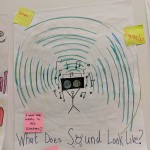 The first month explored sound: what it is, how it’s made, and how we hear. Exploration and activity stations included DIY instruments with recyclables, experimenting with the production of sound using different instruments like ukuleles and wood blocks, and building a speaker with a kit from Bose. Learners of all ages really enjoyed the natural experimentation associated with these activities and some demonstrated deeper interest in the instruments, which encouraged them to come back, learn more, and practice.
The first month explored sound: what it is, how it’s made, and how we hear. Exploration and activity stations included DIY instruments with recyclables, experimenting with the production of sound using different instruments like ukuleles and wood blocks, and building a speaker with a kit from Bose. Learners of all ages really enjoyed the natural experimentation associated with these activities and some demonstrated deeper interest in the instruments, which encouraged them to come back, learn more, and practice.
For the biology of sound, we featured an ear model and posed discussion questions about 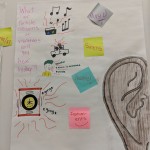 how people can experience music with limited or no hearing as well as how human hearing differs from other animals. We also brought up the Laurel/Yanny debate and discussed the interpretation of sound and music.
how people can experience music with limited or no hearing as well as how human hearing differs from other animals. We also brought up the Laurel/Yanny debate and discussed the interpretation of sound and music.
Instruments and Voices
Then we moved on to encourage exploration of different instruments featured in the BOOMbox as well as discuss how the voice is also an instrument. We encouraged participants to learn how to read music or share what they’ve learned in school with others. And if they were up for it, participants could write their songs using blank sheet music. 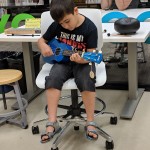 We also featured a variety of playlists to expose participants to different genres and artists and played these on the speaker cube from the Bose kit.
We also featured a variety of playlists to expose participants to different genres and artists and played these on the speaker cube from the Bose kit.
Staff facilitated discussions about what makes a musician and musician and how music has shaped history. They used resources from Soundbreaking Tech Tools from NYU’s MusED Lab in their discussions.
BOOMbox Band
We’re ending the rotation by introducing music creation tech like GarageBand on iPads and MakeyMakey kits with Windows tablets. And for younger participants, we have the Osmo Coding Jam Game to use with iPads. Our goal is to combine coding and music making to make some noise and celebrate the end of the rotation.
Conclusion
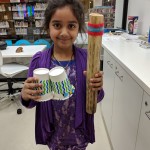 The overarching approach to this rotation was to provide low barrier activities and resources to the topic of music for new learners. Many of our regulars commented that they didn’t view music as a STEAM topic before but now see the connections to the different fields of STEAM, like math and technology. For further exposure, we tweaked our Scientist of the Week sign, posted by the door of the space, to Musician of the Week. This allowed staff to highlight a variety of artists as well as express their personal interests. Staff enjoyed this more low key rotation that really thrived on messing around with instruments and making, and talking about music and personal interests. We hope participants will continue their learning and self expression using resources in other part of the library, like the physical collection and the youth Digital Media Lab.
The overarching approach to this rotation was to provide low barrier activities and resources to the topic of music for new learners. Many of our regulars commented that they didn’t view music as a STEAM topic before but now see the connections to the different fields of STEAM, like math and technology. For further exposure, we tweaked our Scientist of the Week sign, posted by the door of the space, to Musician of the Week. This allowed staff to highlight a variety of artists as well as express their personal interests. Staff enjoyed this more low key rotation that really thrived on messing around with instruments and making, and talking about music and personal interests. We hope participants will continue their learning and self expression using resources in other part of the library, like the physical collection and the youth Digital Media Lab.



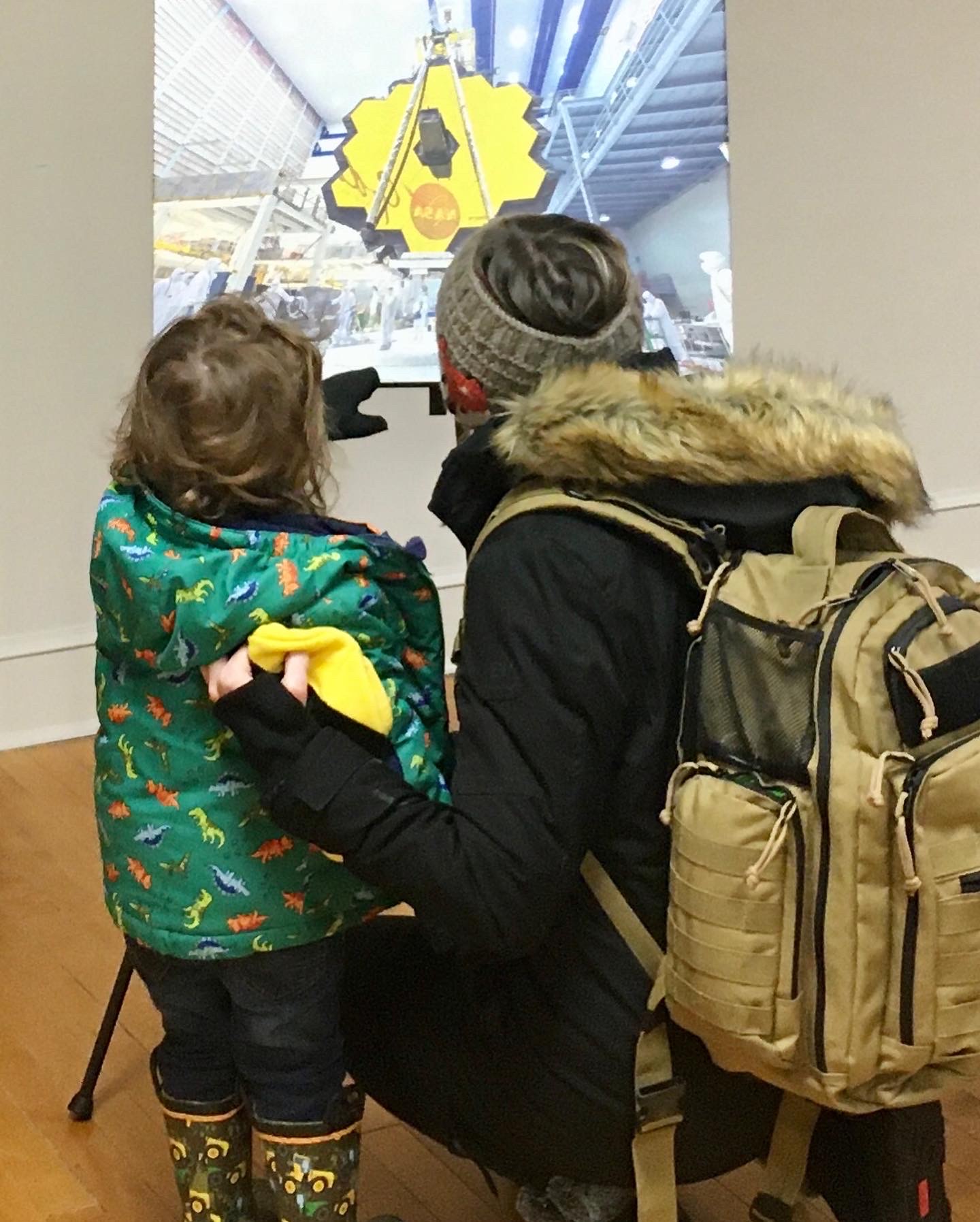
Leave A Comment